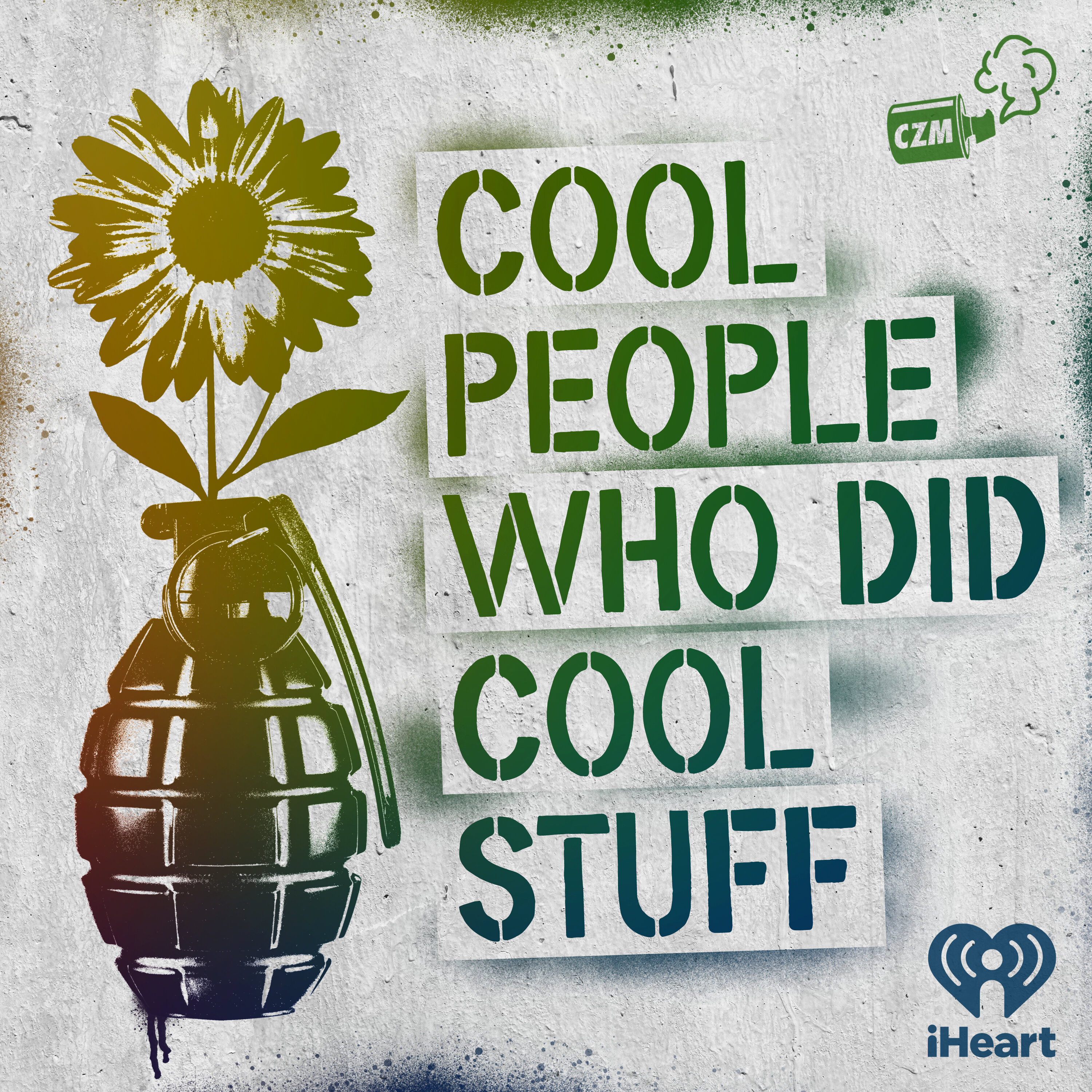
CZM Rewind: Part One: The Armed Nonviolent Civil Rights Movement

Cool People Who Did Cool Stuff
Deep Dive
Why was the Deacons for Defense and Justice formed?
The Deacons for Defense and Justice were formed as a non-ideological, well-organized group of Black people who defended civil rights campaigners during the Civil Rights Era. They provided armed protection to those engaged in nonviolent protests, ensuring their safety against violent opposition.
What role did Ella Baker play in the civil rights movement?
Ella Baker was a key figure in the civil rights movement, advocating for decentralization and against charismatic leadership. She believed in grassroots activism and worked tirelessly to support local initiatives, emphasizing the importance of community-driven change. She was instrumental in organizing the Student Nonviolent Coordinating Committee (SNCC).
How did the Student Nonviolent Coordinating Committee (SNCC) differ from other civil rights groups?
SNCC was youth-led and focused on direct action, particularly in rural areas of the South. Unlike other groups, SNCC had no membership cards or fees, and its field secretaries had significant autonomy. While committed to nonviolence, SNCC's approach was strategic rather than ideological.
Why did some Black communities in the South arm themselves during the civil rights movement?
Black communities in the South armed themselves to protect against white violence and intimidation, particularly from groups like the Ku Klux Klan. The use of guns for self-defense was a long-standing practice in these communities, seen as necessary for survival in the face of systemic oppression.
What was the significance of the Woolworth's sit-in in Greensboro, North Carolina?
The Woolworth's sit-in in Greensboro, North Carolina, in 1960 was a pivotal moment in the civil rights movement. It was one of the first large-scale sit-ins, where Black students protested segregation by sitting at a whites-only lunch counter. This action inspired similar protests across the South, leading to the eventual desegregation of public spaces.
How did the Ku Klux Klan respond to civil rights activism in the 1960s?
The Ku Klux Klan responded to civil rights activism with violence, intimidation, and terrorism. They targeted activists, Black communities, and their supporters, often using murder, bombings, and cross burnings to maintain white supremacy and suppress the movement.
What was Bayard Rustin's contribution to the civil rights movement?
Bayard Rustin was a key organizer and strategist in the civil rights movement, known for his advocacy of nonviolence. He was instrumental in organizing the 1963 March on Washington and influenced Martin Luther King Jr.'s approach to nonviolent protest. Despite facing discrimination for being gay, Rustin played a crucial behind-the-scenes role in the movement.
How did armed self-defense impact the nonviolent civil rights movement?
Armed self-defense was a crucial component of the nonviolent civil rights movement, providing protection to activists and their supporters. While the movement's public face was nonviolent, many Black communities and individuals relied on guns to defend against Klan violence and intimidation, ensuring the movement's survival in dangerous environments.
What was the significance of the 1963 March on Washington?
The 1963 March on Washington was a landmark event in the civil rights movement, drawing hundreds of thousands of participants to demand civil and economic rights for African Americans. It is best remembered for Martin Luther King Jr.'s 'I Have a Dream' speech, which became a defining moment in the fight for racial equality.
How did the Black Power movement differ from the earlier civil rights movement?
The Black Power movement, which emerged in the late 1960s, differed from the earlier civil rights movement by emphasizing Black self-determination, economic empowerment, and armed resistance. While the earlier movement focused on nonviolent protest and legal reforms, the Black Power movement sought to challenge systemic racism more directly and assert Black identity and pride.
Shownotes Transcript
We JUST got back from Holiday and haven't recorded yet, so in THIS CZM Rewind Margaret talks with Joelle Monique about how the Deacons for Defense and Justice, the NAACP, and others organized for self-defense during the Civil Rights Era.
See omnystudio.com/listener) for privacy information.